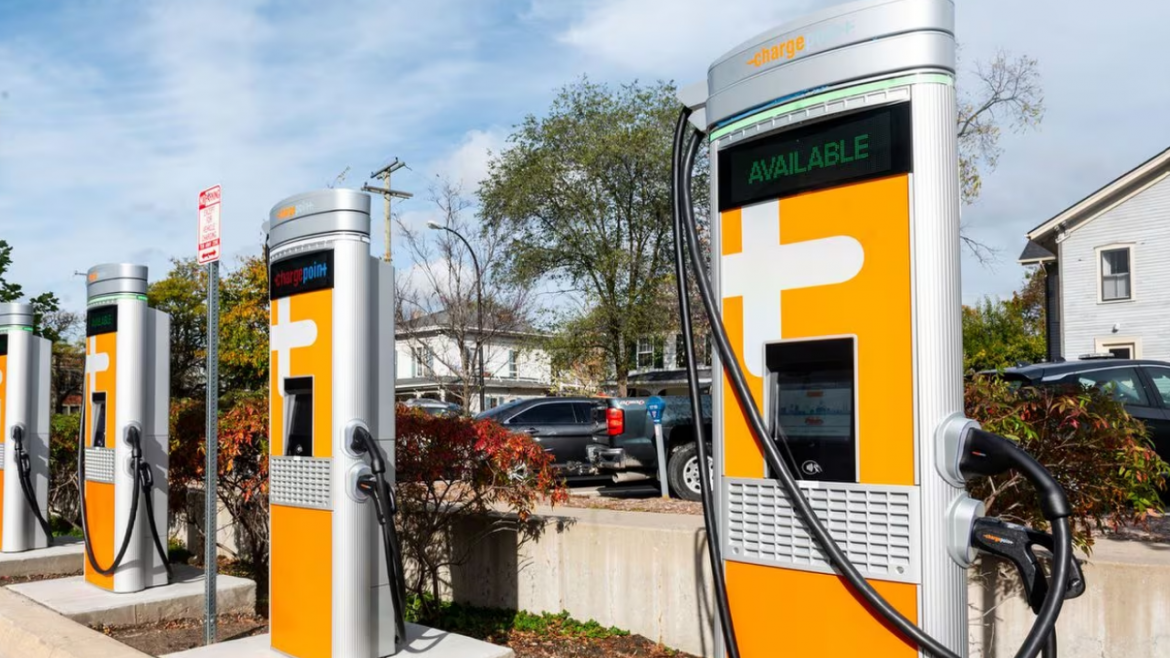The United States has inaugurated its maiden electric vehicle (EV) charging station, funded by a substantial USD 7.5 billion government initiative, signalling a significant stride in the nation’s commitment to bolstering EV infrastructure. This move, part of the broader USD 1 trillion 2021 infrastructure law, is pivotal in addressing concerns of potential EV buyers and aligns with the White House’s vision to establish a robust network of 500,000 chargers, including high-speed options strategically positioned along key highways.
Background and funding
Initiated under the USD 7.5 billion government program, the first EV charging station in Ohio represents a crucial milestone in the country’s ambitious plan to elevate EV infrastructure. Stemming from the 2021 infrastructure law, this funding aims to expedite the deployment of EV chargers, addressing a critical aspect inhibiting widespread EV adoption.
National network growth
The overarching objective of the White House is to expand the national network of chargers to 500,000, incorporating high-speed chargers spaced no more than 50 miles apart on major highways. This strategic placement aims to mitigate range anxiety, a prevalent concern among potential EV buyers, and enhance the overall accessibility and convenience of EV charging.
Significance of the first station
Energy Secretary Jennifer Granholm underscores the importance of the inaugural charging station, portraying it as a substantial leap towards creating a convenient, affordable, and reliable electrified transportation system. Granholm’s statement highlights the broader vision of establishing a seamlessly integrated EV infrastructure across the country.
Statistical overview
As of December, the United States boasts over 165,000 public charging ports, with a notable surge of over 70% in publicly available fast charging ports since the inception of the Biden administration. These statistics demonstrate a tangible commitment to bolstering the charging infrastructure, aligning with President Biden’s goal of having 50% of new vehicles as EVs or plug-in hybrids by 2030.
State initiatives and developments
Ohio’s unveiling of its first charging station near Columbus signifies the commencement of a broader initiative, with Vermont, Pennsylvania, and Maine breaking ground on new stations. The White House asserts that all 50 states have devised plans for EV infrastructure development, with several states actively pursuing proposals and contracts under the funded program.
Congressional scrutiny and recent developments
While progress is evident, congressional Republicans have recently raised concerns about the delayed implementation of the 2021 infrastructure law. The Republican-led House of Representatives took a stance against stringent vehicle emissions regulations, drawing a veto threat from the White House, highlighting the ongoing political dynamics surrounding the EV infrastructure push.
Ohio’s unveiling of the first charging station encapsulates a pivotal moment in the United States’ journey towards bolstering EV infrastructure. As the nation progresses in establishing a comprehensive charging network, the political landscape continues to shape the trajectory of EV adoption and the associated regulatory framework.



